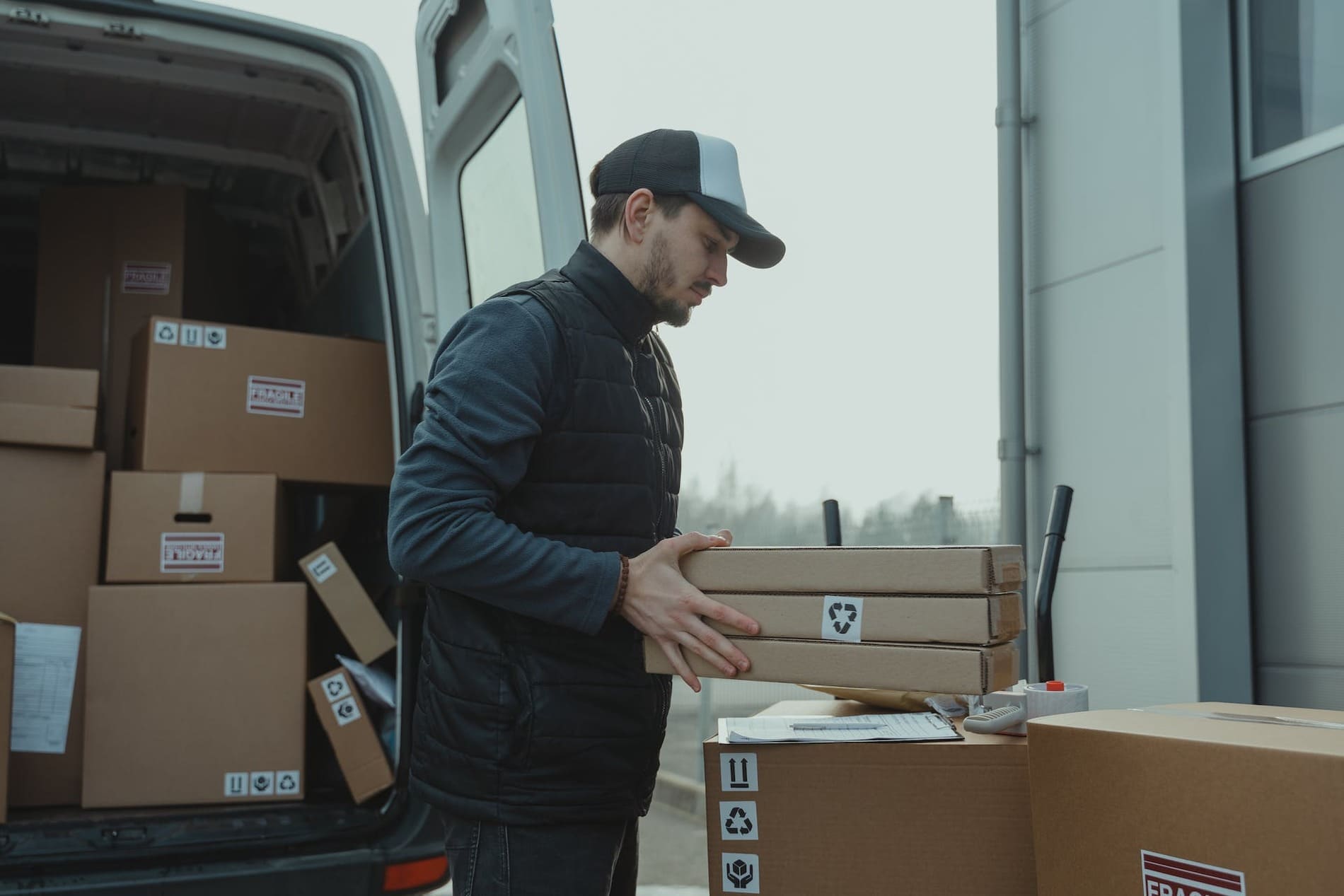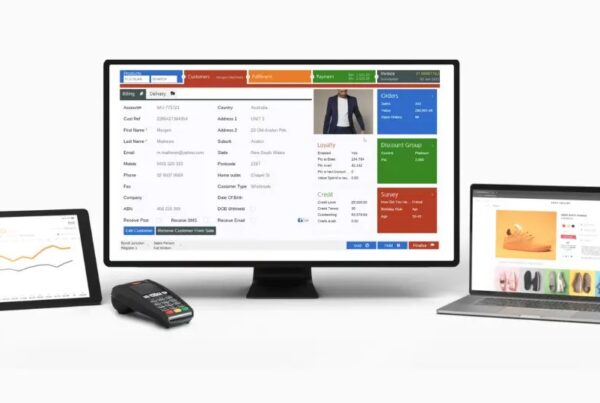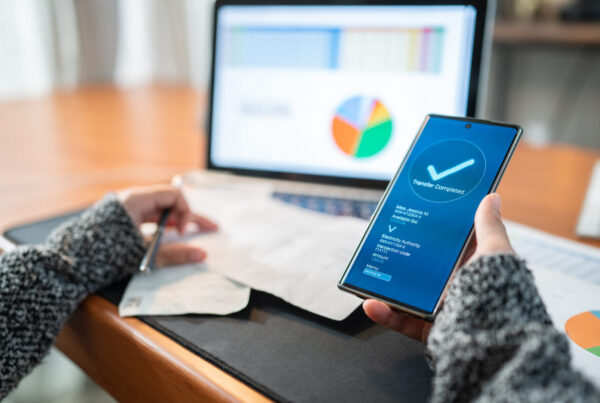Fulfillment costs directly influence the bottom line of most retail businesses. Thoroughly understanding and keeping track of your fulfillment fee allows you to make wise decisions to lower the costs and improve your profits.
According to a recent survey, shipping costs are one of the biggest concerns for many merchants. Nearly 50% of retailers state that shipping costs account for more than 10% of the total value of an order. As about 62% of online shoppers refuse to purchase if retailers offer no free shipping, figuring out how to lessen fulfillment costs without losing customers poses a huge challenge to businesses.
In this post, we provide details about the fulfillment cost definition and its core components and then suggest some effective ways to optimize these costs to boost your profit margins.
What is the fulfillment cost?
Fulfillment costs are the sum of all expenses for receiving merchandise, storing inventory, processing, and shipping orders. The costs also involve fees for handling returns and exchanges. If you employ a 3rd-party logistics service provider (3PL), you’ll get the fulfillment prices which include onboarding and account management fees.
Fulfillment costs vary by order numbers, product types, packing materials, fulfillment locations, and shipping costs. The costs can change based on whether you do self-fulfillment or entrust another company with the tasks.
What are the components of fulfillment costs?
A fulfillment cost comprises different components. To help you get a clearer view of how much you might have to pay for processing orders, here we break down the costs for 2 major fulfillment strategies: doing self-fulfillment and using a 3rd-party logistics provider.
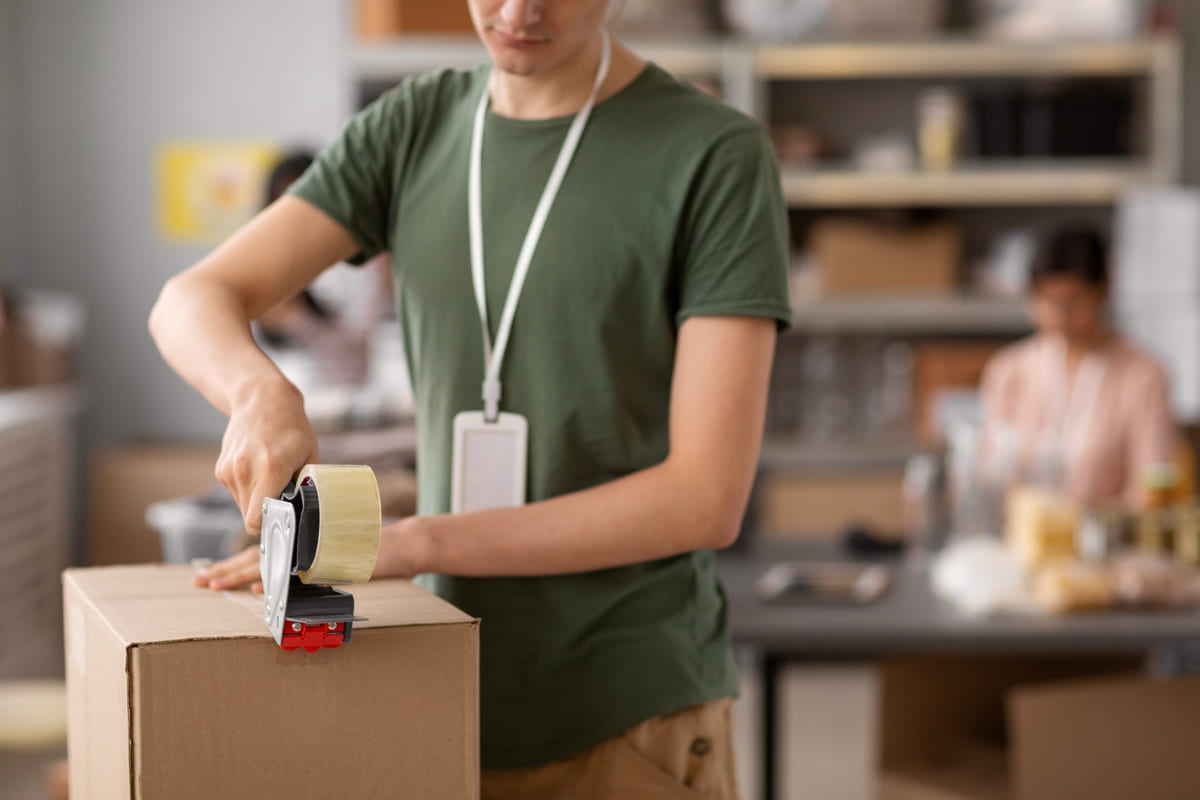
In-house fulfillment costs
Below are the fees incurred if you execute fulfillment in house.
Inbound shipping costs
Transporting goods from your suppliers to your fulfillment locations is an expense you should take into account. Inbound shipping fee depends on whether your stock is shipped via air, sea, or freight with any import-export taxes.
Inventory storage costs
Another substantial order fulfillment cost is the storage fees. Businesses that do self-fulfillment often make use of their available store space to stock inventory. However, when the demands increase and entail the need to stock more products, retailers need to rent a storage unit or warehouse whose costs rely on the preferred locations and spatial needs.
Labor costs
If you can’t dedicate much of your time to fulfilling orders in house, you might need to hire extra staff to help you manage merchandise, track, and fulfill orders. Depending on the scale of your operation and the quantity of products you’re selling, this labor can present a significant expense.
Packaging costs
Your packing needs and product types determine the cost of packaging. Packing small and lightweight goods won’t cost much. On the contrary, large or fragile items in need of more specialty or customized packaging will drive up the order fulfillment cost.
Outbound shipping costs
Shipping costs constitute the largest share of fulfillment costs. The type of products you sell, the package size, weight, distance to destination, and delivery speed can decide how much you need to pay. You can deliver orders yourself or forward this part to a shipping service provider.
Software and tools
To streamline your in-house fulfillment operations, you need to invest in appropriate software systems and tools that can automate many repetitive tasks and reduce errors. For example, an inventory management system will help you manage inventory in real time while order management enables you to oversee all order fulfillment processes.
3PL fulfillment fee
3PL fulfillment pricing varies by providers, order volumes, pricing models, and other additional services. Normally, the outsourced fulfillment costs often consist of the following.
Onboarding costs
To start using a 3rd-party fulfillment service, you may need to pay an amount of onboarding fee. The 3PL will set up your account and integrate their technologies with your systems to track and fulfill orders. This initial setup fee is often a one-time payment or charged based on your business type, order quantity, or inventory categories.
Inbound shipping costs
Inbound shipping is an incurred cost for shipping products from your warehouses or suppliers to the 3PL’s fulfillment centers, which depends on whether the suppliers transport your goods by air, sea, or freight.
Receiving costs
You also have to pay receiving costs for 3PLs to process your inventory shipped to their facility. 3PL providers will receive, inspect your merchandise for damages, check the quantity, and scan your products to their inventory software before storing. Most of these fulfillment fees get charged by the hour, per item, or per unit.
Inventory storage costs
The storage expenses are often calculated based on the space your products occupy. If your products need special storage techniques or equipment like refrigeration or longer-term storage, you’re supposed to pay extra fees. 3PL companies can charge fees per pallet or based on the total area your inventory takes up.
Pick and pack fees
Once 3PLs receive your customers’ orders, their staff will collect the items from their storage locations, and pack them for shipment. Some fulfillment companies charge per item while others may offer bulk rates.
Box and packaging fees
3PL providers package your products safely and appropriately using items like shipping labels, tape, and boxes. 3PL companies often set the fees for packaging materials based on the dimensions and weight of the package. Custom-branded packaging materials also cost more than standard packaging offered by the provider.
Custom labeling and order insert fees
Another cost of fulfillment services is for inserting additional documents such as promotional brochures into each package. Besides, if you want some customizations for your orders like gift wrapping, you’ll need to pay higher fees.
Kitting fees
Order fulfillment pricing also includes the fees for bundling many products to sell or attaching free items to each order. You also have to bear this cost if 3PLs assemble items before shipment. The cost can be charged per hour or by the item.
Outbound shipping costs
The fees for shipping orders to your customers are an indispensable part of any eCommerce fulfillment pricing. The outbound shipping cost varies based on the size and weight of the package, the shipping speed, such as two-day delivery, freight or air, and other factors. Many 3PLs help save a great deal as they can get bulk discounts from shipping carriers.
Returns processing and restocking fees
Processing returns adds another fee to the total fulfillment center pricing. A 3PL company can assist you in handling return requests. The service providers examine the returned items for damage and decide whether to restock or dispose of the item.
Account management costs
Account management fees are another component of fulfillment center costs as 3PL assists your business with overall operations and account management. This expense covers the administrative costs of managing your account, including handling customer service calls and other incidentals.
Comparison of 3PL order fulfillment pricing models
Each 3PL comes with their own fulfillment services pricing. The table below displays the most common pricing models used by the service providers.
Fulfillment service | Model-based pricing model | Example | Unit-based pricing model | Example |
Receiving | By shipment | $200 per shipment | By pallet | $14.25 per pallet |
Inventory storage | By cubic foot | $2.25 per cubic ft./month | By pallet | $25 per pallet/ month |
Pick and pack | By order | $2 per order | By unit | $1 per unit |
Kitting | By kit | $0.50 per kit | By hour | $50 per hour |
Customer support | Flat rate | $100 per month | By hour | $50 per hour |
How to calculate fulfillment costs?
There are 3 common methods to calculate the fulfillment fee for your business, including cost per order, cost per box, and cost as a percentage of sales. All of these measurements use total order expenses to estimate the cost. The total order expenses are the sum of all the fees you have to pay for order fulfillment in a given period of time.
If you outsource the fulfillment, you should refer to your preferred 3PL companies and use their fulfillment rates for more accurate calculations. Some 3PLs provide their fulfillment cost calculator to help with the fee estimations.
For your convenience, we’ve summarized the costs of 3PL fulfillment and self-fulfillment as below.
3PL fulfillment costs | In-house fulfillment costs |
|
|
Cost per order
Cost per order is one of the most common ways to measure how much you spend on every order. To get the average fulfillment cost per order, you need to collect data on total order expenses and order volume in a given period of time, and then apply this formula.
Cost per order = total order expenses/ total orders received
Cost per box
You can examine fulfillment spending in a more detailed way with cost per box. After collecting the order expenses and the number of boxes in a specific time frame, you can use the following formula to get the cost per box. This method is extremely useful for businesses that dispatch orders with multiple boxes at once.
Cost per box = total order expenses/ total boxes sent
Cost as a percentage of sales
Cost as a percentage of sales gives you a look into how much of total revenues fulfillment costs account for. The fulfillment expenses vary considerably by your business size and net sales over a specific period. The fulfillment cost as a percentage of sales can be calculated by using the below formula.
Cost as a percentage of sales = (total order expenses/ net sales) x 100
How to minimize fulfillment costs?
Minimizing fulfillment costs is critical to your business regardless of your fulfillment strategies. To find out what works for your retailing, let’s look at the below recommendations for fulfillment cost savings.
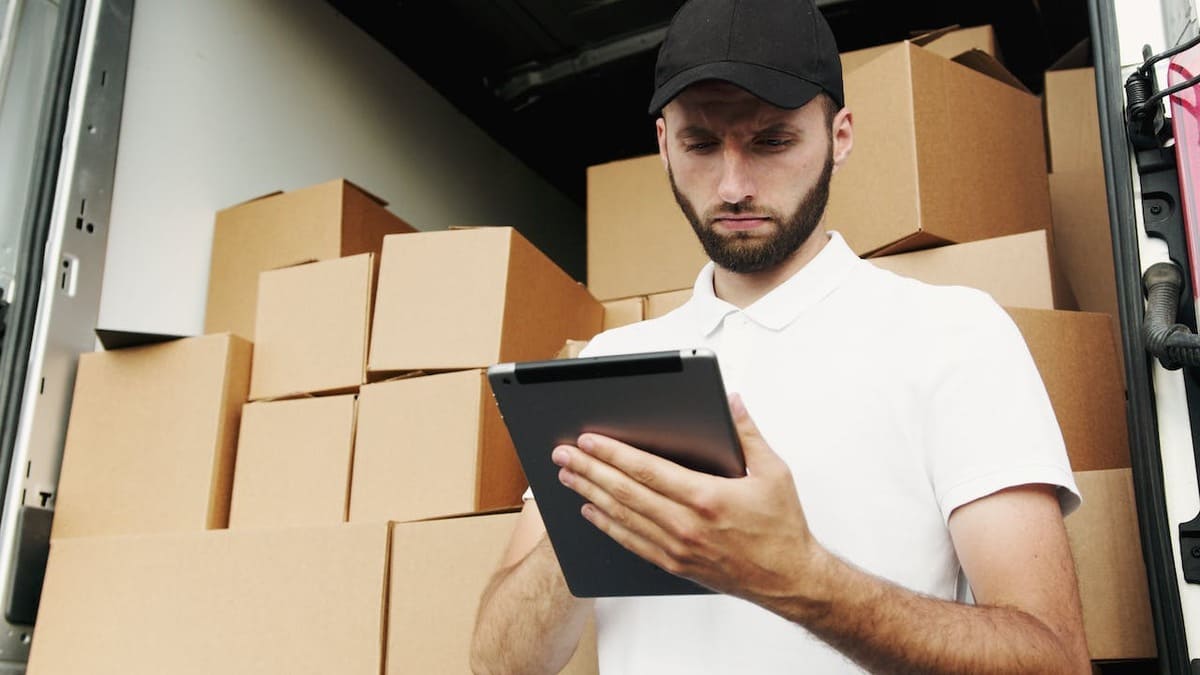
Cut down self-fulfillment costs
The main principle for cutting down on self-fulfillment costs is minimizing errors and improving fulfillment efficiency.
It’s critical to employ cutting-edge technologies that assist you in managing inventory and orders effectively. In this way, you can track inventory for timely restocks, and reduce the number of errors and inaccuracies during the fulfillment process, which can dissatisfy your customers and generate extra expenses for handling. Suitable software and tools also automate many processes, thus lowering labor costs.
To boost fulfillment efficiency, you’d better train your staff to effectively perform different fulfillment tasks, from overseeing products to picking, packing, and shipping. In addition, the storage facility layout should ease fulfillment activities like picking and packing orders and other internal processes, which can help decrease pick and pack fulfillment costs.
Offering your customers omnichannel fulfillment options like click and collect or curbside pickup is a feasible way to save fulfillment expenses. For example, allowing your customers to pick up their orders in store eliminates the delivery costs. Moreover, with store pickup, your customers can choose a preferred time to collect their items, thus increasing their satisfaction with your business.
4 Factors to consider to choose 3PL fulfillment for lower costs
If you want to partner with a 3PL to process orders, consider the following factors to choose the most suitable one.
Software integration
You should check whether a 3PL’s technologies easily integrate with your existing systems, including order and inventory management, online marketplaces, and other systems. The easy and smooth integration removes technology conflicts and facilitates the synchronization of order and inventory data across systems. Therefore, 3PL companies can ensure on-time and accurate order delivery and keep you informed of inventory levels, which potentially saves you a significant amount of money that might be needed to handle order delays and errors.
It’s also worth looking at the scalability of the 3PLs’ systems. A scalable system can adapt to the rising demands and future business growth, thus helping save the time and costs spent on finding a new 3PL partner.
Strategic location
Choosing a 3rd-party provider with locations strategically placed near your target customers brings down the total fulfillment expense. With fulfillment centers close to the shipping destinations, 3PL companies shorten the distance your products need to reach your customers. As a result, the delivery speed increases, and the transportation costs diminish.
Besides, if your business covers a wide area or plans to expand in the future, it’s beneficial to opt for a 3PL with an extensive network of distribution centers or warehouses. Not only does it help decrease shipping time and expenses but also minimizes the potential costs for establishing a partnership with a new service provider.
Industry expertise
A 3PL with insights and expertise in your business industry can provide excellent services and additional cost savings. These service providers accumulate both knowledge and hands-on experience in your industry, so they have a good grasp of the best practices, opportunities, and challenges your business faces regarding fulfilling customer orders. On that basis, they can help deal with the difficulties effectively and accommodate to market changes and trends.
In addition, 3PLs with deep industry expertise know very well how to store, pick, pack, and ship your products optimally and properly to avoid damages to the maximum and minimize fulfillment fees.
Negotiating power
What makes a 3PL a good choice for your business is their relationships with numerous shipping carriers. If you want to keep your fulfillment costs down even when the order quantity mounts, it’s best to look for a service provider that can negotiate favorable rates for shipping like volume discounts. Besides, a 3PL partnering with numerous shipping services also gives you more freedom to pick the most suitable and cost-effective delivery options to optimize fulfillment costs.
Operate in-house fulfillment and save costs with Magestore solutions
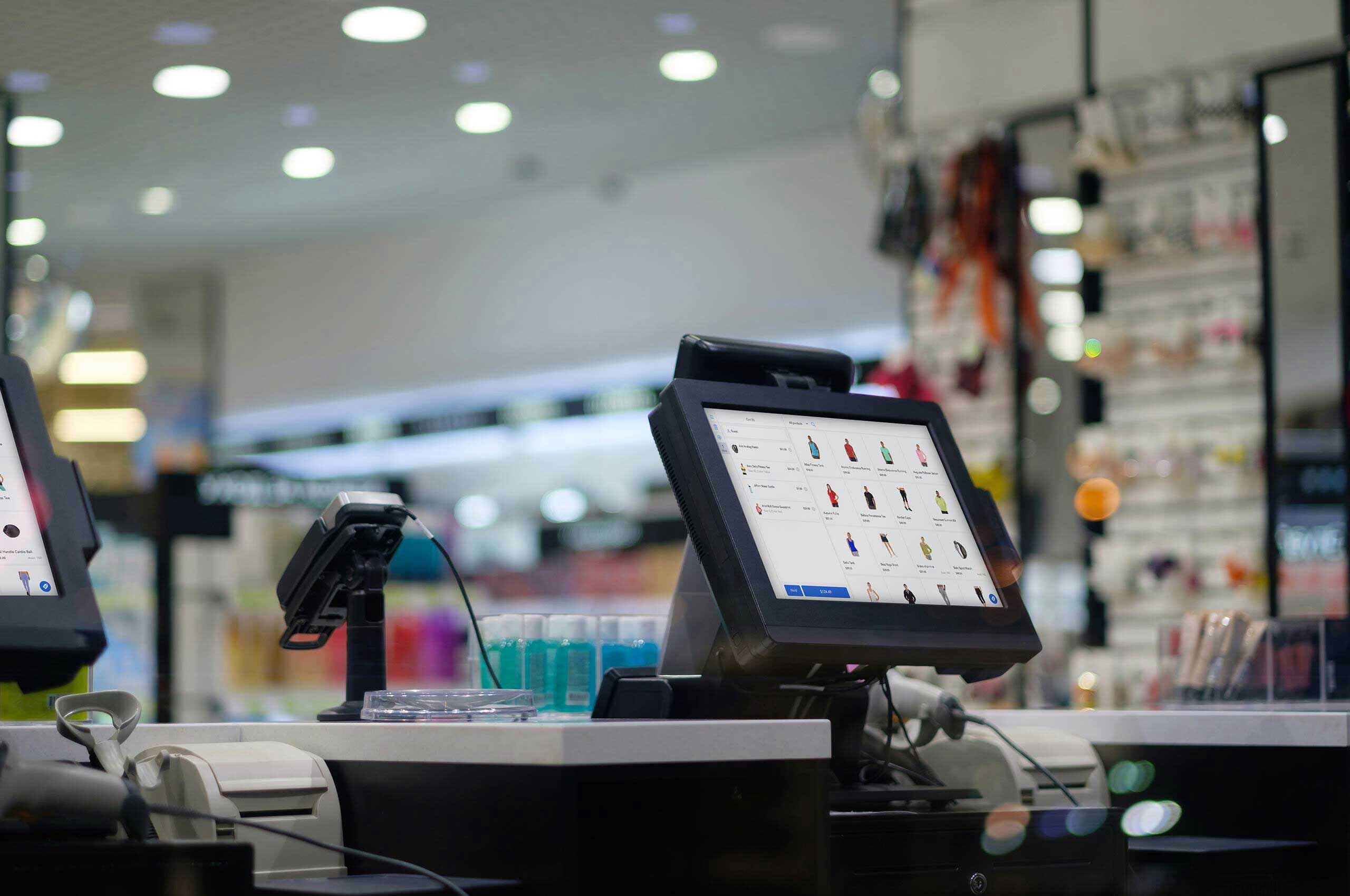
Fulfilling orders in house is a good way to help retailers save costs in the face of market ups and downs. With a good understanding of the challenges and difficulties facing retailers, Magestore develops an array of solutions to optimize in-house fulfillment operations for efficiency and accuracy, thus enabling considerable cost savings.
Magestore offers a retail management PWA that puts complete control of order fulfillment activities into your hands with many noticeable features.
- Centralize online and offline orders in a single system
- Check stocks across locations to effectively route orders for fulfillment
- Sync inventory and orders between the back office, eCommerce website, marketplaces, and POS in real time
- Track stock levels and supervise the whole process of inventory movement
- Inform stock replenishment by setting up a low-stock threshold
- Forecast demands to create purchase orders
- Accelerate order processing with a simple pick-pack-ship workflow
- Integrate well with 3rd-party shipping carriers like UPS, USPS, FedEx, and DHL
Using Magestore POS (Web based POS powered by PWA technology) at your offline stores allows you to offer your customers more fulfillment options with store pickup, shipping from store, buying in store and shipping to home, or buying online and paying in-store. All order data will be synced and centralized in one system for your easy tracking. Magestore’s solutions also support dropshipping and return management.
The best way to know how Magestore can simplify your self-fulfillment operations, discuss with our experts now to devise the best solution to your business requirements.
FAQs
What is the fulfillment expense ratio?
The fulfillment expense ratio, also known as the fulfillment costs as a percentage of sales, indicates the proportion of net sales that the fulfillment costs make up. This metric shows you how much of your revenue you spend on fulfilling orders to make suitable adjustments. You can use the following formula to calculate the fulfillment expense ratio:
Cost as a percentage of sales = (total order expenses/ net sales) x 100
How much do fulfillment services cost?
Fulfillment center pricing varies by company. Fulfillment service providers charge different rates for receiving products, storing inventory, picking, packing, shipping, and handling returns. The actual expenses depend on some factors, including the inventory types and levels, order volumes, and order processing speed.
What is a fulfillment and service fee?
Fulfillment and service fees are charges and expenses you pay to 3rd-party logistics companies so they can take care of order fulfillment activities on your behalf. This fee often includes receiving, storing, picking, packing, and shipping costs.
